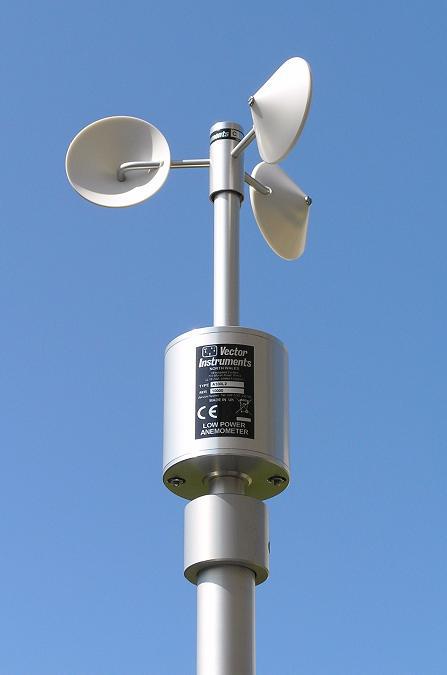Selecting the Right Anemometer: A Comprehensive Purchasing Overview
Selecting the Right Anemometer: A Comprehensive Purchasing Overview
Blog Article
All You Required to Know Regarding Anemometers: Exactly How They Function, Why They Matter, and Where to Use Them
Anemometers, however often overlooked in the realm of scientific tools, play a crucial function in different areas, offering valuable insights right into wind speed and air movement patterns. As we dive right into the details of anemometer modern technology, we will certainly uncover the internal workings of these gadgets, their importance, and the key factors to consider when selecting the ideal anemometer for particular applications.

Anemometer Essentials
A vital instrument utilized to gauge wind speed and direction, the anemometer plays a vital duty in meteorology and numerous industries. An anemometer typically consists of three or four mugs that revolve in the wind, a vane that directs right into the wind, and sensing units to track the movements or rotations.
There are different kinds of anemometers offered, consisting of mug anemometers, vane anemometers, hot-wire anemometers, and sonic anemometers, each with its special functions and applications. Mug anemometers are typically utilized for fundamental wind rate measurements, while vane anemometers are favored for directional dimensions.
Principles of Anemometer Operation
Building on the foundational understanding of anemometer basics, the concepts of anemometer operation illuminate the mechanics behind wind speed and instructions measurements. Anemometers run on the concept of air flow impacting a sensing unit, creating it to turn. Mug anemometers, as an example, have 3 or more mugs that catch the wind, triggering them to rotate faster as the wind speed increases. The turning speed is then exchanged a wind rate dimension. Vane anemometers, on the various other hand, make use of a tail or a probe that straightens itself with the wind instructions, offering a dimension of wind direction based on the orientation of the sensor. Hot-wire anemometers rely upon a warmed cable that cools down as wind overlooks it, with the rate of cooling down determining the wind speed. Ultrasonic anemometers step wind rate and instructions by assessing the moment it takes for ultrasonic signals to travel between transducers. Comprehending these concepts is crucial for accurate and trusted wind measurements in numerous applications.
Importance of Anemometers
Anemometers play an essential role in gauging wind speed and direction, giving essential information for climate projecting, climate researches, environmental surveillance, and aviation procedures. Meteorologists count on anemometers to gather exact wind data, aiding them understand weather patterns, forecast storms, and concern prompt warnings to the public. Wind farm operators use anemometers to assess wind problems and make the most of electrical power production from wind turbines.
Applications Across Various Industries
In the renewable power market, anemometers play a vital function in assessing important link wind problems for wind ranch placements, making certain optimal power production. Industries like building and construction and mining utilize anemometers to keep track of wind speeds, critical for security procedures, specifically when functioning at heights or in open-pit mines where solid winds can pose dangers. In farming, anemometers help farmers in managing plant spraying by giving real-time data on wind speed to stay clear of drift.

Choosing the Right Anemometer for Your Demands
For general objectives, a cup anemometer is suitable for measuring wind rate, while a vane anemometer provides wind instructions information. Hot-wire anemometers are ideal for low airspeed measurements, and ultrasonic anemometers provide high accuracy and resilience.

Conclusion
In conclusion, anemometers play a crucial function in measuring wind these details rate and instructions throughout different markets. It is essential to take into consideration the significance of anemometers in order to make enlightened choices when choosing the most appropriate gadget for determining wind problems.
There are different kinds of anemometers available, including cup anemometers, vane anemometers, hot-wire anemometers, and sonic anemometers, each with its distinct attributes and applications. Cup anemometers are typically made use of for basic wind rate dimensions, while vane anemometers are favored for directional measurements. Hot-wire anemometers are appropriate for low airspeeds, and sonic anemometers are perfect for high-precision dimensions in research and industrial settings.Structure on the foundational understanding try here of anemometer basics, the principles of anemometer procedure clarify the technicians behind wind rate and instructions dimensions. For general objectives, a mug anemometer is suitable for measuring wind speed, while a vane anemometer supplies wind instructions information.
Report this page